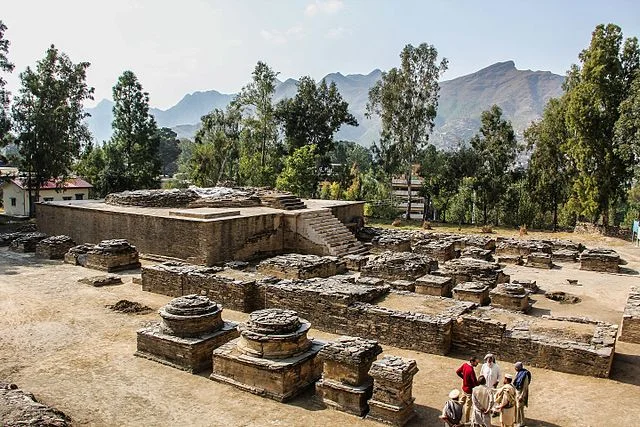Saidu Sharif Stupa, located in the Swat Valley of Pakistan, is an important Buddhist site. It reflects the region’s rich cultural heritage. The stupa is part of a larger complex that includes several ancient stupas and monastic structures.
Get your dose of History via Email
Historical Background
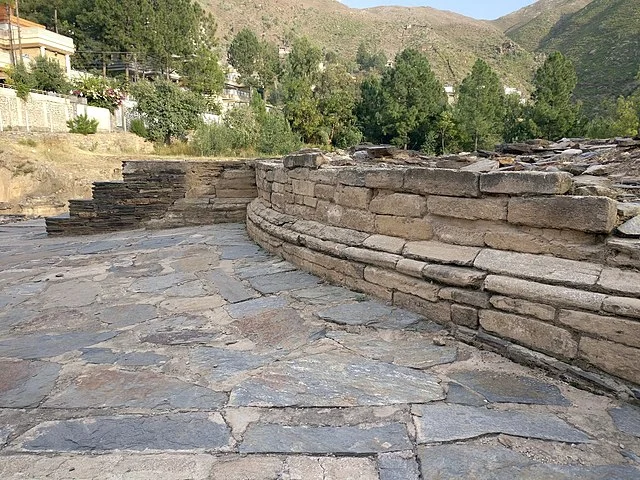
Saidu Sharif Stupa dates back to the 2nd century AD. It was built during the rule of the Indo-Greek kings. This period saw the spread of Buddhism in the region. The stupa served as a significant center for Buddhist worship and learning.
Archaeological evidence suggests that Swat was a major Buddhist hub. The region attracted monks, scholars, and pilgrims. The influence of Gandhara art is evident in the sculptures found in Saidu Sharif.
Architectural Features
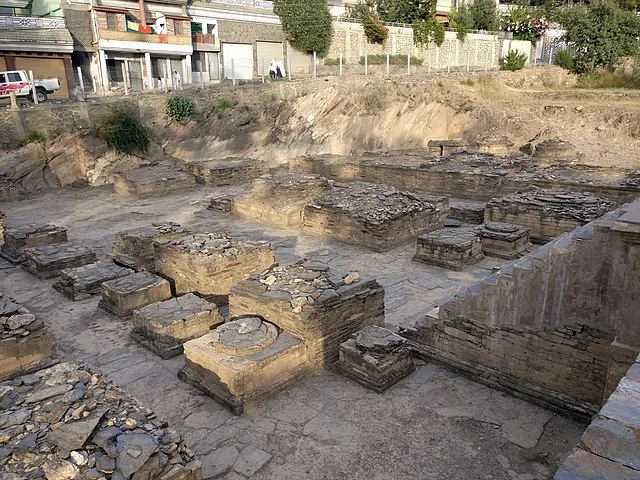
The Saidu Sharif Stupa features a large hemispherical dome. This dome is a typical design of stupas in ancient Buddhist architecture. The structure is surrounded by a circular path called a pradakshina, used by devotees for circumambulation.
The stupa’s base is elaborately decorated with carvings. These carvings depict various Buddhist symbols and scenes from the life of the Buddha. The intricate details showcase the artistic skills of the time.
Archaeological Significance
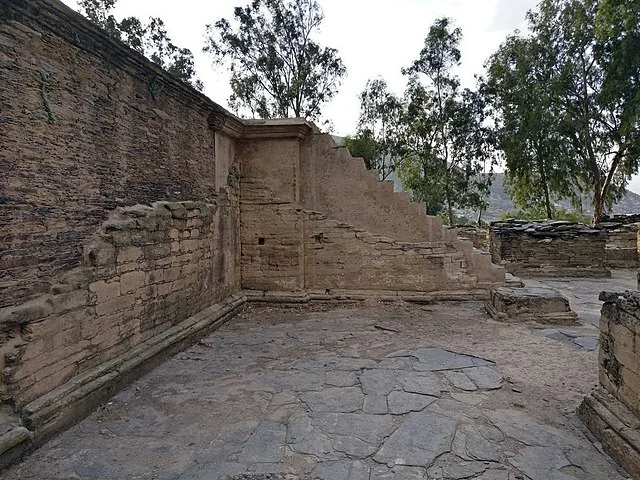
Excavations at Saidu Sharif began in the 1960s. Archaeologists uncovered numerous artifacts, including sculptures and pottery. These findings provide insights into the daily lives of the people who lived in the area.
The site also contains several other stupas and monastic remains. This suggests that Saidu Sharif was a significant religious center. The discovery of inscriptions in Brahmi script further highlights its historical importance.
Cultural Impact
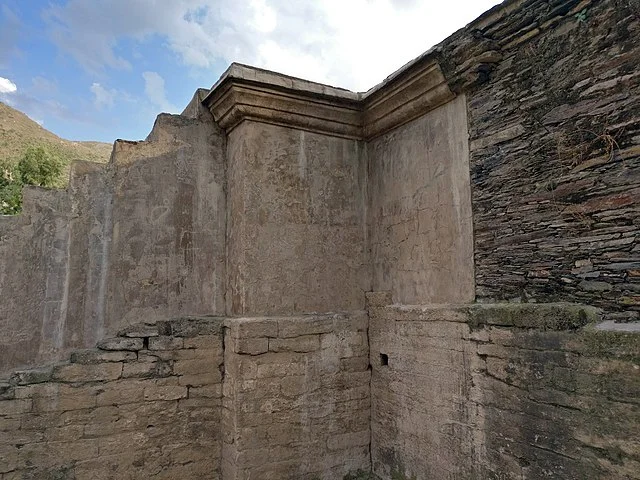
Saidu Sharif Stupa is a testament to the rich Buddhist heritage of the Swat Valley. It serves as a reminder of the region’s historical role in the spread of Buddhism. Today, the site attracts scholars, historians, and tourists alike.
The stupa is also important for the local community. It fosters a sense of identity and pride among the people of Swat. Efforts are underway to preserve the site for future generations.
Conclusion
Saidu Sharif Stupa stands as a significant monument of Buddhist heritage in Pakistan. Its historical and archaeological value is immense. Understanding its past helps us appreciate the cultural diversity of the region.
Preserving Saidu Sharif is essential for maintaining the legacy of Buddhism in Swat. The site continues to inspire and educate those who visit it.
Source:

